The Academy’s artistic directors Noémie Bialobroda and Sergey Ostrovsky discuss the programme’s unique side-by-sides, which impact as much the students as the mentors
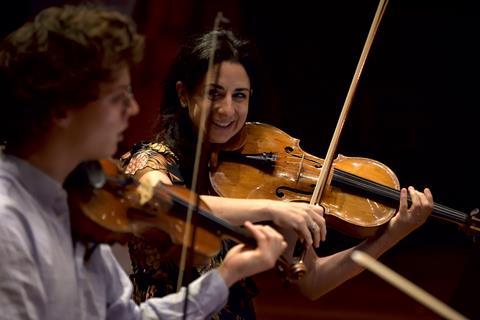
Discover more Featured Stories like this in The Strad Playing Hub
Why did you initially start the Geneva International String Academy? What were your goals with it?
In the summer of 2019 we were on our way back home after a long season of participating in numerous festivals. We reflected on how wonderful these festivals were – some focused heavily on solo performance, others on chamber music. But we realised that there wasn’t really an academy that combined these two essential and equally important aspects of a musician’s life.
That’s when the idea was born: what if we tried to create the kind of summer academy we ourselves would have dreamed of attending? A place designed for young artists on the verge of a professional career where they could deepen their artistry in a truly meaningful way. Our goal was to build a space outside the formal academic setting, where musicians can explore, take risks, grow artistically at the highest level, and be inspired by the artists around them – all within a supportive, pressure-free environment.
What makes the Geneva International String Academy unique to other programmes of its kind?
The format. Every musician gets to play in a very intensive chamber music group with the teachers, they receive individual lessons and get many opportunities to perform both as a soloist and in a chamber group. We make sure that every participant receives the same number of opportunities. There’s no competition between them.
The absence of competition allows for a sense of freedom and authenticity in their music-making. They can focus entirely on their artistry without external pressures. Of course, there are students and there are professors, but what really stands out is the deep mutual respect between generations and they inspire one another.
Regarding the ‘side-by-sides’, why did you think this was an important thing to include? Where did the idea come from?
Whether it’s us (Sergey and Noémie) or many of our musician colleagues, we’ve all come to realise that while we’ve learnt a great deal from our instrumental teachers, we’ve learnt just as much – if not more – from playing with other musicians, especially those with more experience.
Making music together is a completely different way of approaching interpretation. Issues like timing, colour, phrasing, breathing, articulation – these are things we constantly reflect on, but when we experience them in the act of making music together, the learning is of a different nature.
Playing side by side allows for a form of non-verbal, intuitive transmission — something deeply sensitive, and at times even transcendent — that can only occur through shared music-making. Personally, those moments have been among the most formative experiences of my musical life. That’s why we felt it was essential to make this kind of learning part of the Academy.
Playing side by side allows for a form of non-verbal, intuitive transmission
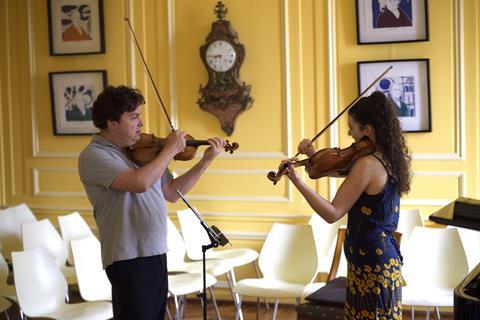
What do you believe students gain from the experience of playing alongside their professors?
We think playing alongside more experienced musicians can give them a sense of confidence and security. It creates a safe space where they can take risks, grow, and feel supported.
But the benefits go far beyond that. There’s a whole realm of non-verbal learning that takes place – subtle, profound things: how to communicate through body language, through eye contact, through breath. How to convey a musical idea without saying a word. These are things that can only be learnt through the act of playing together.
Then there are very concrete aspects of professional life that students are exposed to – like how to manage a rehearsal, how to use the time available to prepare for a concert. Whether they have one week or one day to prepare, learning how to prioritise, organise, and stay efficient is absolutely essential, and it’s something they absorb naturally when working side by side with experienced musicians.
And of course, there’s the inspiration they draw from sound itself – from tone quality, articulation, rhythmic clarity, phrasing. These shared musical experiences give a kind of hands-on experience that becomes part of their artistic identity, and that they can then bring into their own work with peers and ensembles.
As one of the professors yourself, how have you found the side-by-sides beneficial for yourself?
The young musicians who come to the Academy are remarkable artists: deeply committed, sensitive, and often already quite advanced in their musical thinking.
There have been many times when we programmed pieces we had already performed often, and some of the students brought very different interpretive ideas to the table. And quite often, their suggestions were not only valid, but genuinely inspiring. Sometimes, they would challenge or enrich our own perspective, and we loved that. It’s a two-way inspiration.
Working side by side with them also requires a different form of leadership – what we would call ‘coaching from inside’. We also have to ’reclarify’ our own interpretive decisions – decisions we may have internalised over time – and make them consciously transmissible. This is a real artistic and pedagogical challenge.
Is there something you are most looking forward to with this year’s edition?
One thing is performing Verklärte Nacht by Schoenberg, alongside Valentin Erben (cellist of the Alban Berg quartet), and three wonderful young students. To play it in this unique setting, bridging generations, and with someone as extraordinary as Valentin, will surely be a very special and powerful moment of the academy.
And meeting and working with wonderful young artists!
The Geneva International String Academy takes place from 28 June to 6 July 2025.
Read: My experience: violist-composer Amani Sloley, Cremona International Music Academy and Festival
Read: Postcard from Switzerland: Concours de Genève String Quartet edition
Discover more Featured Stories like this in The Strad Playing Hub
The number one source for playing and teaching books, guides, CDs, calendars and back issues of the magazine.
In The Best of Technique you’ll discover the top playing tips of the world’s leading string players and teachers. It’s packed full of exercises for students, plus examples from the standard repertoire to show you how to integrate the technique into your playing.
In the second volume of The Strad’s Masterclass series, soloists including James Ehnes, Jennifer Koh, Philippe Graffin, Daniel Hope and Arabella Steinbacher give their thoughts on some of the greatest works in the string repertoire. Each has annotated the sheet music with their own bowings, fingerings and comments.
The Canada Council of the Arts’ Musical Instrument Bank is 40 years old in 2025. This year’s calendar celebrates some its treasures, including four instruments by Antonio Stradivari and priceless works by Montagnana, Gagliano, Pressenda and David Tecchler.

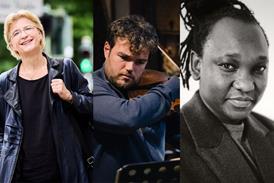

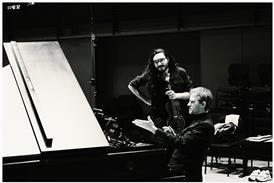
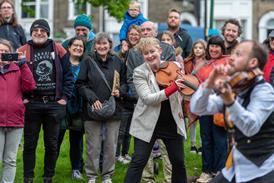
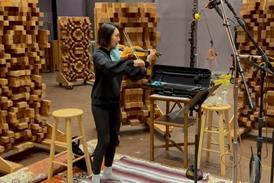
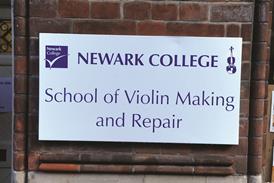

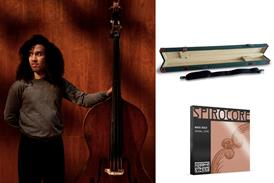
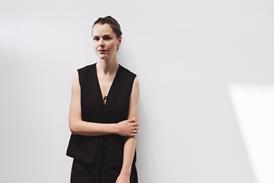

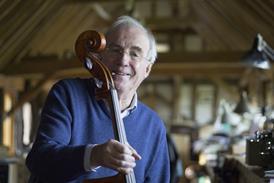
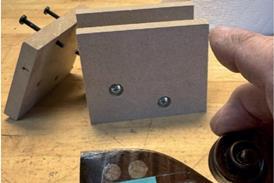
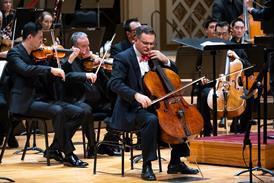
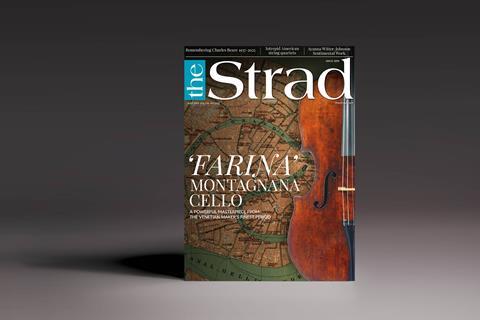
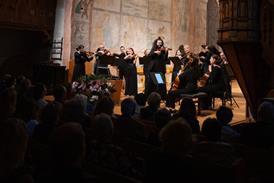

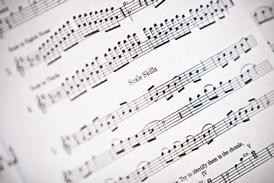
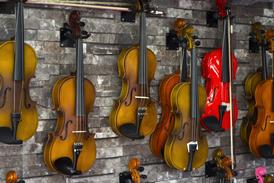
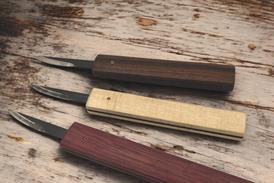


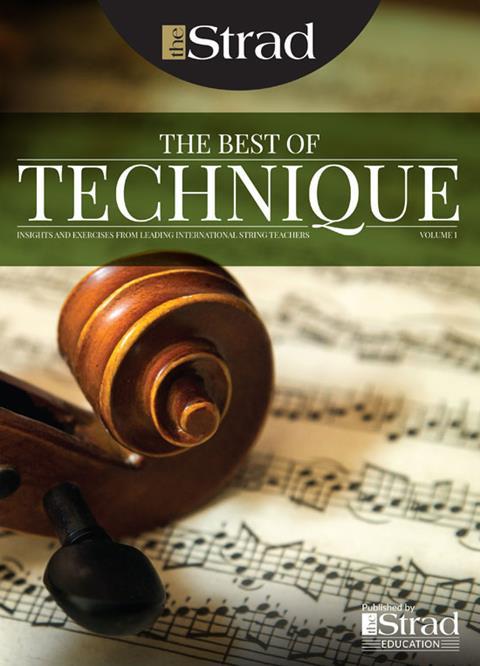
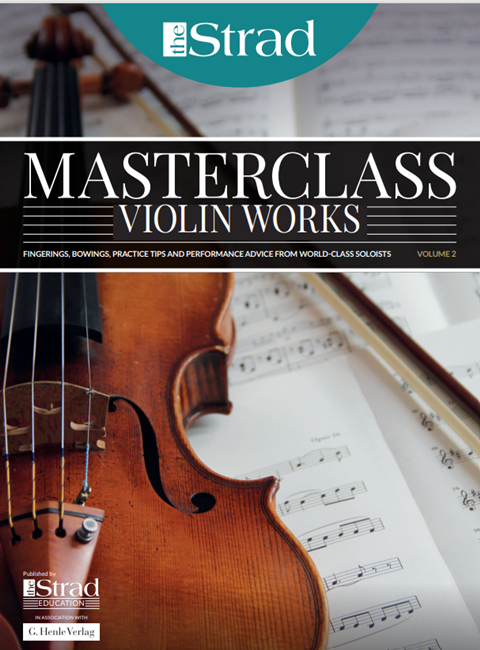
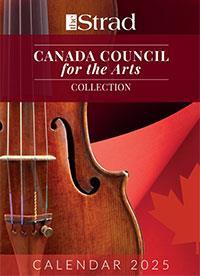









No comments yet